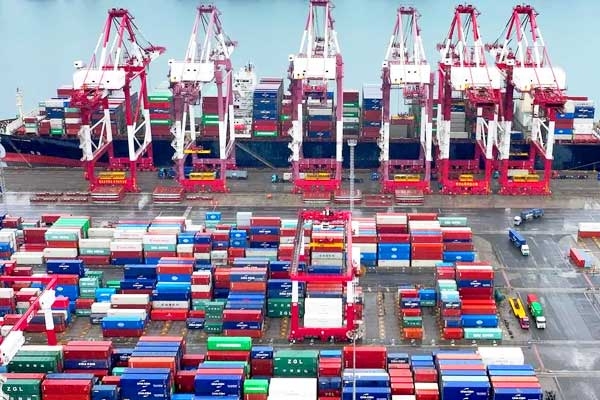
(Image source from: Chinatopix)
What was once a temporary setback for one of the world's largest shipping routes could now become a long-term setback as concerns grow about a conflict in West Asia. To address this and other current trends, it is necessary to fully understand the impact of the loss of container shipping's once safe passage through the Red Sea. This is a story of conflict, the woes of shippers and the profits of container shipping companies. According to UNCTAD's 2023 Statistical Handbook, 11 billion tonnes of traded goods were transported by sea in 2021. According to statistics, international maritime trade in containers has increased from 100 million tons in 1980 to 2.2 billion tons in 2023. Immediately after the peak of the Covid-19 pandemic, the movement of goods and goods increased worldwide, overwhelming logistics networks. This led to increased freight rates over a longer period of time, leaving little free capacity in container shipping.
During this period, profits for container lines were record-breaking. In some cases, the annual profits of individual companies exceeded a billion dollars. This made the world aware of the central importance of logistics in everyday life and how its developments can affect inflation. Recent years have also seen the emergence of container shipping giants and financiers, using their newfound coffers to expand fleet size and related businesses. The ranking of the top players in this area has fallen. Denmark's Maersk, which held the top spot for several years, has fallen down the rankings in terms of total container shipping capacity. Switzerland-based shipping giant Mediterranean Shipping Company (MSC) has taken the top spot, while French rival CMA-CGM is currently in second place behind Maersk and has now closed the gap. A recent example of how seriously logistics is now being taken is the Taiwanese government's decision to support the expansion of the container fleet on the Taiwan-Yangming route. The shipping company, which has been less aggressive in ordering new ships and has lost its market ranking among the world's top 10 ships, is looking for newbuilds (including a potential of 24,000 TEU) to expand its fleet.










